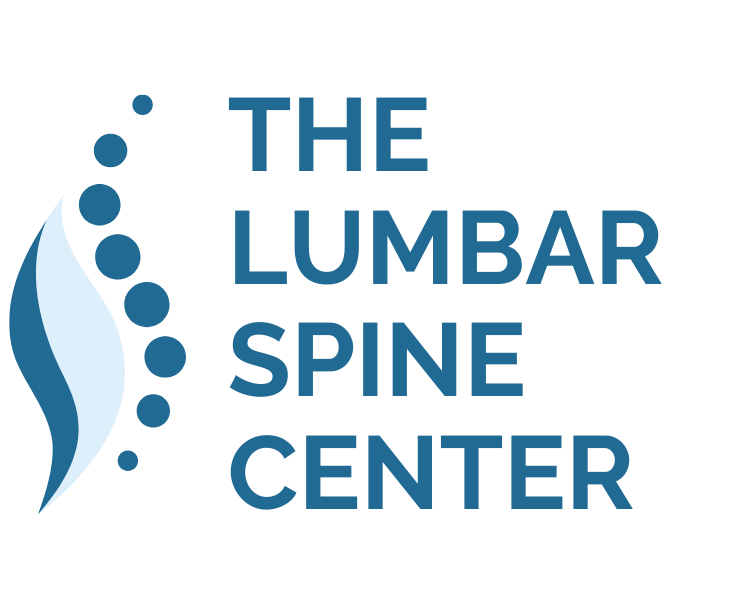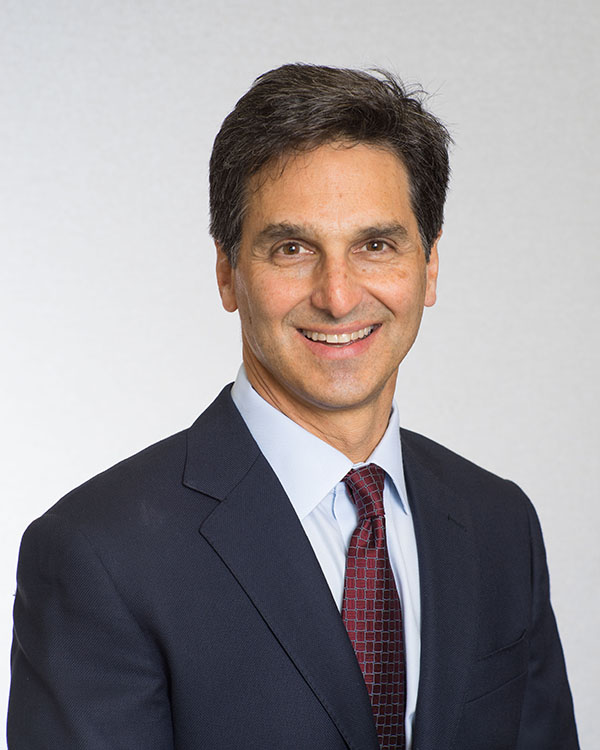Neurogenic claudication is a symptom caused by central lumbar stenosis. Most of the time, the stenosis is at L4-5, L3-4 or L2-3 with a combination of 1 or 2 continuous levels. Most patients present with stenosis at L4-5 or L3-4 & L4-5. Symptoms usually start as generalized low back pain across the lower back made worse with standing, walking and extension. Over time, the patient or family member may notice that the patient is frequently “hunched” or flexed forward a few minutes after they stand from a seated position and begin to walk. As they start walking, the pain worsens while flexion begins to relieve the pain. Pain then begins to travel down the legs, bilaterally, sometimes affecting the anterior (front) leg, posterior (back) leg, or both. Once the patient sits down, symptoms begin to subside. Stenosis is a component of Degenerative Disc Disease and can include a central disc herniation and /or facet hypertrophy. Enlargement or hypertrophy of the facet joint can be very painful adding to the back pain. Compression of the nerves from lumbar stenosis causes leg pain or neurogenic claudication. Once the symptoms start, they usually worsen over time.
Treatment
Non-operative. Common treatments include non-steroidal anti-inflammatory agents, physical therapy, and epidural injections. Acupuncture and Chiropractic care can help as well. Patients are also candidates for facet blocks to alleviate back pain. There is a small nerve on the facet joint that does participate in motor or sensory function of the leg; only sensation to facet joint and if injected, can relieve back pain associated with stenosis. Patients also find relief from an epidural injection in the area of stenosis. If successful, Physiatrists may inject up to three times in a 12-month period.
Surgery. Surgery may involve a simple decompression called a laminectomy or require a laminectomy with fusion.





